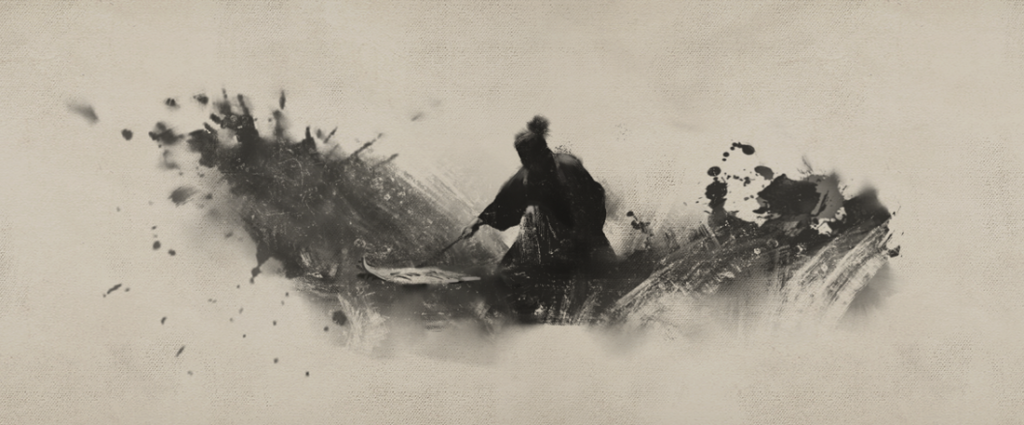
The haiku is one of the most recognizable poetry forms in the world. It consists of seventeen syllables arranged in three lines: five syllables, seven syllables, and five syllables again. Many people, poetry enthusiasts and laypersons alike, know that haiku is a Japanese form of poetry. However, the history and cultural legacy of haiku are also important to consider. This applies even more when speaking about the Edo period — the era in which haiku became a revered form of poetry.
Haiku has its roots in the 13th century with an older form of poetry called renga. Renga was a much longer style of oral poetry that was often a hundred stanzas long, also composed syllabically. The opening lines of these poems were known as haikai or hokku. In the 16th century, these opening lines broke away to become short-form poems in and of themselves.
As a general rule, haiku describe a brief moment in time, usually with significant nature symbolism. These poems often incorporate provocative and colorful images and are meant to leave the reader with a sense of enlightenment. The ideal haiku can be read in a single breath and imparts great insight.
The haiku form was often used for death poems, which were written by samurai and other literate people just before their deaths. Here’s an example written by Matsuo Basho (1644–1694), famed 17th-century haiku poet:
On a journey, ill: My dream goes wandering Over withered fields.
Tabi ni yande Yume wa kareno o kakemeguru
Haiku will be one of the poetry forms featured in Tale of Ronin. The samurai class was expected to be educated and well-studied in literature and other scholarly pursuits, including poetry. Even the most destitute ronin players meet on the road may be able to compose a haiku on the spot.